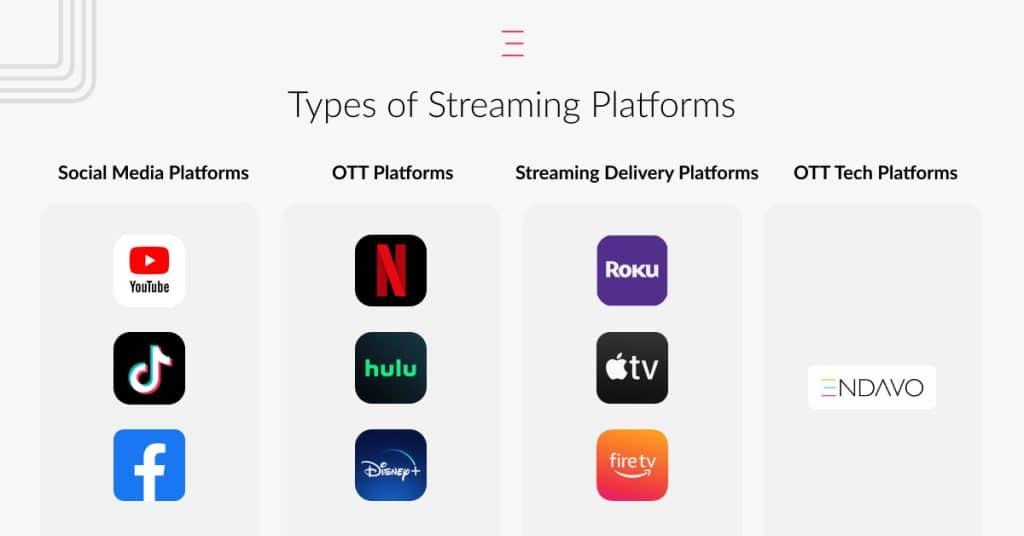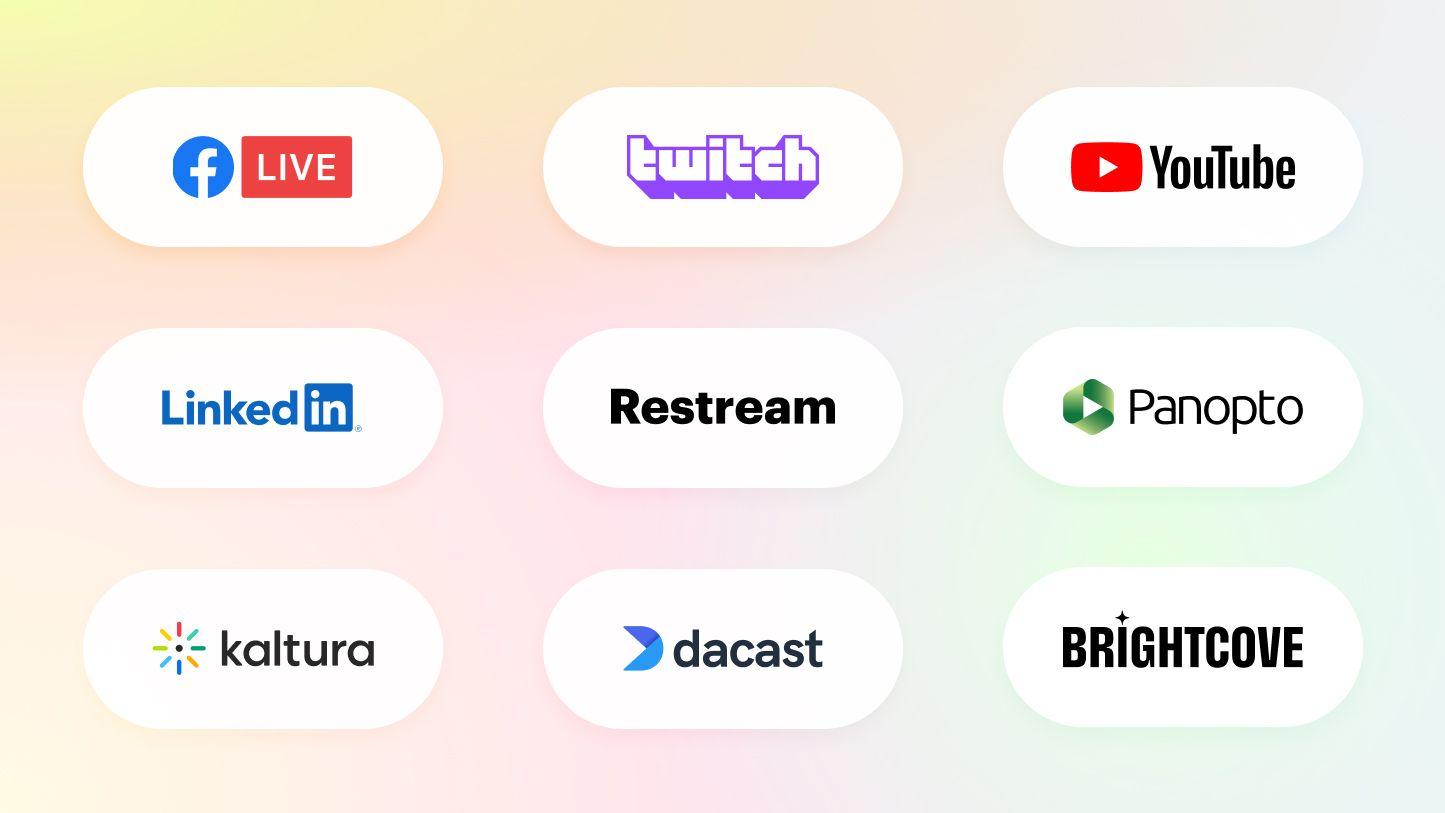The rise of streaming platforms has revolutionized the way audiences consume television content, with the release of entire seasons at once becoming a hallmark of this digital era. This model, popularized by giants like Netflix, allows viewers to indulge in marathon viewing sessions, fostering a culture of binge-watching. However, as the industry evolves, questions arise about the sustainability and impact of this approach on both content creators and audiences. This article delves into the implications of releasing full seasons simultaneously, exploring whether a shift towards traditional, staggered releases might benefit the industry, enhance viewer engagement, and address potential drawbacks of the binge model.
Impact on Viewer Engagement and Retention
Analyzing the effects of releasing entire seasons at once reveals a mixed bag when it comes to viewer engagement and retention. Binge-watching has become a cultural phenomenon, encouraging viewers to consume content in a single sitting. This can lead to heightened initial engagement as audiences eagerly discuss the latest plot twists and character developments. However, the all-at-once release strategy may also result in a rapid decline in viewer interest over time. Once the initial buzz subsides, there’s often little incentive for viewers to revisit the content or remain engaged with the platform.
On the flip side, a weekly release schedule can foster sustained engagement. By spreading out episodes, platforms can create ongoing conversations and anticipation, keeping the series in the public eye for a longer duration. This approach may also enhance retention rates, as viewers return week after week, maintaining a connection with the platform. The key challenge is balancing immediate satisfaction with long-term viewer loyalty, prompting platforms to carefully consider their release strategies.

Balancing Creative Freedom with Audience Expectations
In the age of streaming, creators find themselves walking a tightrope between their artistic vision and what audiences have come to expect. The binge-watch culture, fueled by the release of entire seasons at once, has transformed viewing habits. For creators, this format offers unparalleled creative freedom, allowing them to craft intricate, serialized narratives without the constraints of traditional episodic formats. This can lead to richer storytelling and deeper character development, as the narrative arc is designed to be consumed in one cohesive experience.
However, there is a compelling argument for pacing releases to better align with audience expectations. Viewers often crave the anticipation and communal experience of weekly episodes, which can foster discussion and engagement over time. Consider these points:
- Sustained engagement: Weekly releases can maintain interest and discussion over a longer period.
- Cultural impact: Shows can become cultural events, with each episode sparking conversation and speculation.
- Feedback loops: Creators can receive ongoing audience feedback, potentially influencing future content.
Balancing these aspects requires careful consideration of both creative intentions and the evolving expectations of a diverse audience.

Analyzing Binge-Watching Versus Weekly Releases
The debate between binge-watching and weekly releases has captivated audiences and industry experts alike. Binge-watching, the model popularized by streaming giants like Netflix, allows viewers to consume entire seasons at their own pace. This approach fosters an intense, immersive experience, enabling audiences to delve deeply into plotlines and character arcs without interruption. It also creates a surge of online discussions and social media buzz shortly after a release, generating a concentrated burst of engagement.
In contrast, weekly releases maintain sustained viewer interest over time, building anticipation and encouraging prolonged conversation. This model can create a communal viewing experience, with audiences eagerly discussing each episode’s developments. Streaming platforms like Disney+ and HBO Max have adopted this strategy for certain series, potentially increasing subscriber retention as viewers remain engaged over a longer period. Balancing these two approaches requires careful consideration of content type, audience preferences, and marketing goals.

Recommendations for Optimal Release Strategies
When considering the most effective strategies for releasing content on streaming platforms, a few key recommendations emerge. Weekly releases can help sustain viewer interest over a longer period, allowing for sustained engagement and conversation around the show. This strategy can also aid in maintaining a subscription base, as viewers might stay subscribed longer to catch the entire season. Alternatively, releasing mid-season batches—where half of a season is released at once, followed by a weekly schedule—can balance the demand for binge-watching with the benefits of extended engagement.
- Hybrid Models: Consider blending both binge and weekly releases to cater to diverse viewer preferences.
- Audience Analysis: Use data analytics to tailor release strategies based on viewer habits and show genres.
- Engagement Tactics: Implement interactive content and social media campaigns to keep audiences engaged between episodes.
Ultimately, the choice of release strategy should align with the platform’s brand identity and audience expectations, ensuring a balance between immediate gratification and sustained viewer interest.



